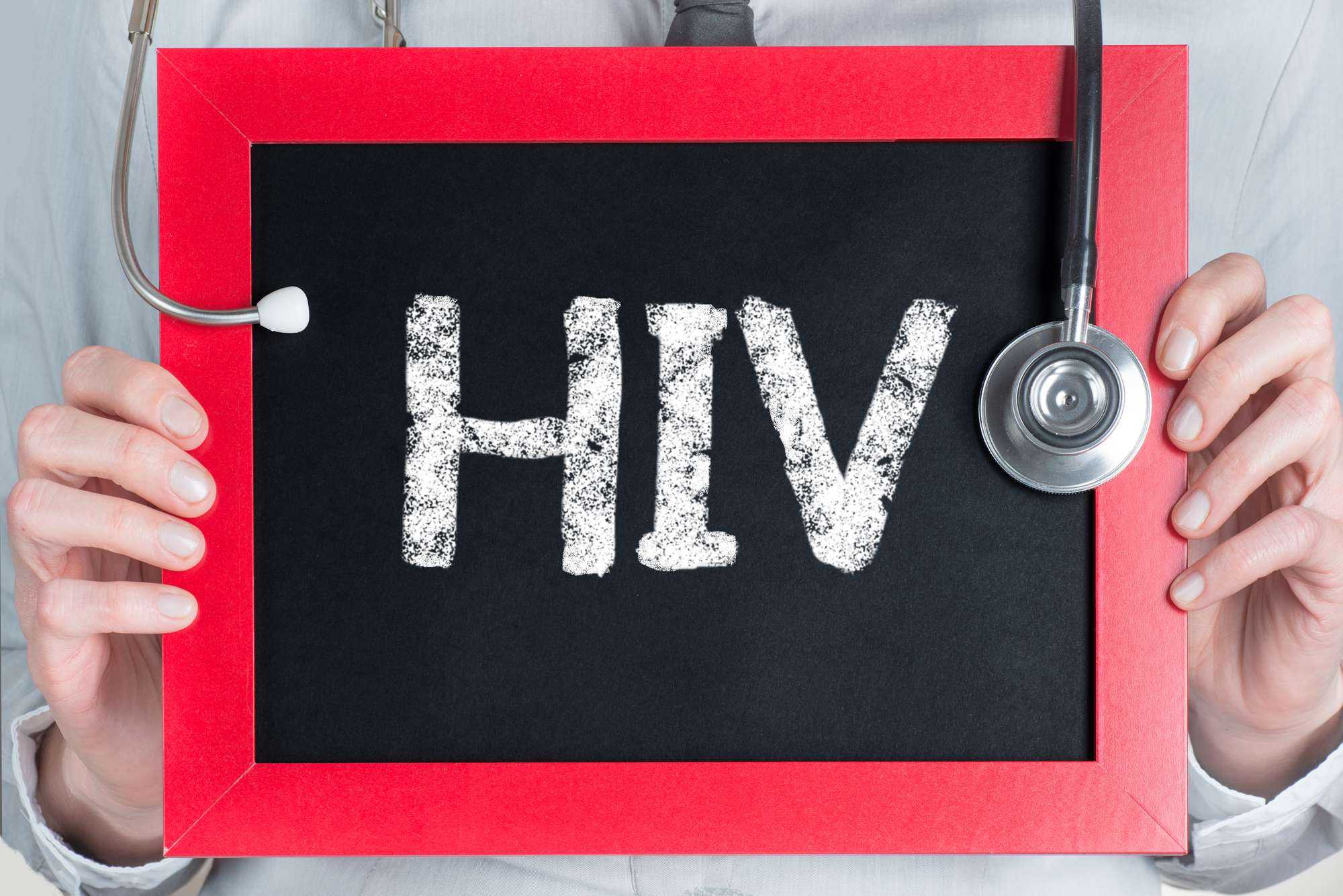on
BY JANIECE CAMPBELL
African, Caribbean and Black (ACB) communities in Canada are disproportionately affected by HIV. Although the communities make up approximately 3.5% of Canada’s population, they accounted for 25% of reported HIV cases. The trend is similar in Ontario, where Black people represent less than 5% of the province but constituted a quarter of new diagnoses.
The African and Caribbean Council on HIV/AIDS in Ontario (ACCHO) has been a strong advocate for strategic leadership in Black communities for over sixteen years. Coming into existence as a result of the disproportionate impact of the disease in the Black community, they are committed to amplifying the voices and bettering the live of ACB people living with, affected by, or at risk of HIV/AIDS.
“It really came about very organically based on the needs of the African, Caribbean and Black community at the time when HIV prevalence was really high. It was activists who came together who thought that we need to do something, and that something is not just a clinical response to HIV. It’s about creating a strategy that will allow any frontline worker to respond adequately to ACB communities in the context of HIV,” says Ky’okusinga Kirunga, director of ACCHO.
The Public Health Agency of Canada estimates that 14% of Canadians are currently living with undiagnosed cases of HIV. According to the ACCHO, Black people in Ontario are less likely than any other race to know their HIV status, engage in care, be on HIV treatment and have a supressed viral load. Factors such as lack of support, anti-Black racism, economic discrepancies, and homelessness all negatively affect care and treatment outcomes. Kirunga shares other key reasons as to why so many cases go undiscovered.
“An important part of it is stigma. There’s a lot of stigma in the community which I think dates back to the very early days of HIV. It was a blame game. It was about Haitians, Africans, and gay men, and these were the populations mainly focussed on and demonized. There’s that shame and stigma, that “I don’t want to be that statistic.” It’s us against ourselves. We don’t talk about it, it’s a taboo subject. It’s also the demands that Black people have in life. The idea of getting an HIV test is a little far away when your own care is not primordial. You deal with whatever symptoms show up, but you won’t go beyond that.”
The Care Collective, an initiative by ACCHO, was created for and by Black women and encourages regular HIV testing as a standard routine. Black women are overrepresented in the statistics, where 60% of all Ontario women who test positive for HIV are Black, and this number continues to rise. The Care Collective promotes radical self-care, a type of practice that goes deeper than the skin.
“Self-care is not just about getting your nails done or getting a face mask. It’s not just surface. Radical self-care goes all the way into the parts that make us into who we are, including our physical health that we can’t see. We hear a lot about Black women being the pillars of our community. Wherever Black people gather whether it’s a large family, church, or in our communities, it’s Black women who take charge. They’re taking care of kids and older generations while working. The idea of self-care goes in the back, and it’s thought of as indulgence. Well, it’s actually not an indulgence – it’s a necessity of life. When you’re doing self-care, while it’s lovely to do your hair or have a soak in the tub, it’s really good to take care of your health, and that includes HIV testing. Make that routine. Don’t just get your blood pressure and diabetes levels checked, check your HIV status as well.”
The Care Collective recently launched their campaign, #PositiveConversations, an initiative to get progressive discourse flowing about HIV testing and ending the stigma against it. The campaign encourages Black women to know their status and to access the abundance of resources and systems that are readily available in our community.
“We heard from ACB women about stigma and their fear of talking about HIV. We wanted them to know and also understand that you can live a long, healthy, beautiful life when HIV positive, but the key is knowing your status early. We really try to urge people to have those authentic positive conversations around the topic and know that it’s important to get tested and you can be fine,” says Kirunga.
She continues.
“ACB communities in Ontario are alive and thriving and capable of taking care of themselves and leading the messaging. Part of that is taking care of our physical health, our mental health, our spiritual health, and especially our sexual health. We have the power, we can do this, and we need to grab a hold of it and own it.”
To learn more about The Care Collective, find options for free and confidential testing, and/or read the stories of HIV-impacted Black women in our communities, visit www.thecarecollective.info.
Stay in the loop with exclusive news, stories, and insights—delivered straight to your inbox. No fluff, just real content that matters. Sign up today!












